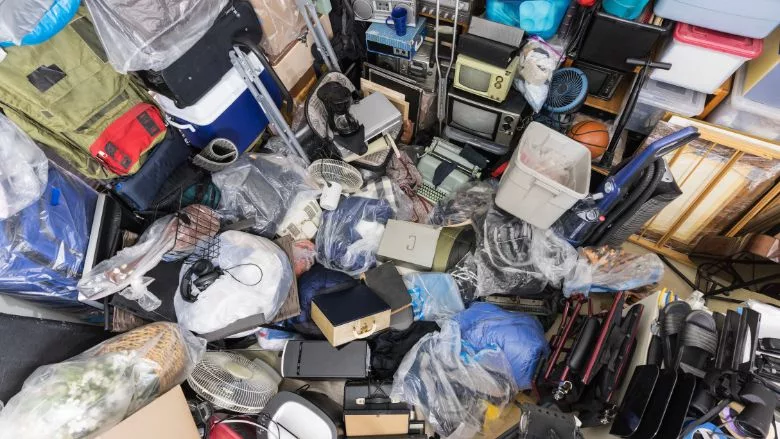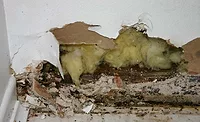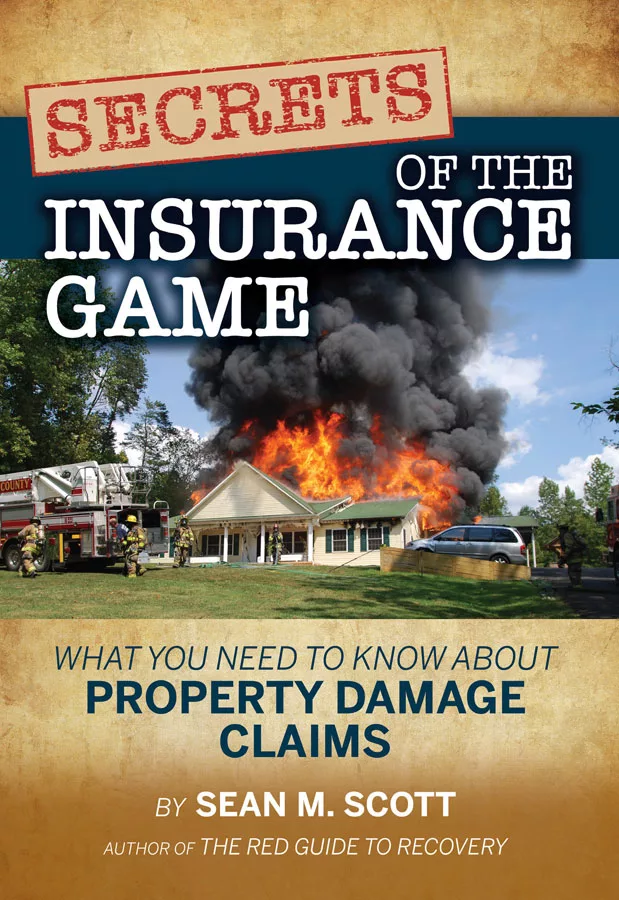Addressing the Hidden Dangers of Hoarding with Rebecca Serratos

Photo Credit: trekandshoot / iStock/Getty Images Plus
Hoarding can pose serious health and safety risks, far beyond what meets the eye. From compromised indoor air quality to structural hazards and biohazard exposure, these situations demand specialized knowledge, equipment and a compassionate approach. This Q&A explores best practices for industry professionals, covering everything from air quality concerns and legal compliance to emotional sensitivity and interagency coordination.
Q: How does excessive clutter and hoarding impact indoor air quality, and what specialized equipment is required to safely remediate these hazardous conditions?
A: The presence of excessive contents has a huge impact on indoor air quality (IAQ). Contents may block the walls and air returns, inhibit airflow and cause lower levels of oxygen. In addition, contents can hide areas of moisture intrusion and subsequent microbial growth. Spoiled food, pet dander, rodent activity and animal droppings can also contribute to reduced IAQ. This type of situation requires personal protective equipment (PPE), containment and air filtration devices to remediate hazardous conditions while the work is being performed.
Q: What are the best practices for handling biohazards and structural damage in extreme hoarding situations, including mold growth, pest infestations and compromised flooring or walls?
A: Safety is the number one priority for situations like this. If structural elements are compromised and it is not safe to enter the dwelling, it may be necessary to get an engineer's report and put in temporary supports to prevent a structural collapse and protect your team. You should have training in biohazard remediation, mold remediation and the importance of wearing proper PPE. Once the property is safe, restorers can enter the area and begin the process of removing contents. When possible, it can be helpful to involve the property owner in this step. In each room, after contents have been removed, the area should be assessed for biohazard, mold growth, pest infestations and structural deficiencies. This assessment will help develop a safe plan of action for addressing the hazards that are present. It may also be necessary to bring in other professionals, such as a pest control company, to treat the property as the project progresses.
Q: How should restoration professionals approach the psychological and emotional aspects of hoarding when working with clients, ensuring ethical and compassionate remediation?
A: You should be kind, caring, compassionate and non-judgmental. People with hoarding disorders can have an emotional bond with their contents. Just the idea of throwing anything away can cause extreme physical and emotional distress. You start slow and communicate clearly with the client and others who may be involved. You can lose the customer’s trust if their items are discarded in secret or you are not honest about your intentions. In some situations, a family member, close friend or social worker can work with both you and the client to make the process as smooth as possible. You should also be aware of organizations and services that may be available to the client.
Q: What legal considerations and regulatory compliance requirements should restoration companies be aware of when dealing with hoarder cleanups, especially regarding hazardous material disposal and tenant rights?
A: Hoarder cleanups can involve many hazards, including but not limited to lead, asbestos, mold, biohazard and unsanitary conditions. In the event these hazards are not remediated properly, you can open yourself up to lawsuits from property owners, neighbors and regulatory agencies. You should work with the local building department to ensure compliance with local codes and regulations. They should also have experience in identifying potentially hazardous materials and need to be aware of the regulations surrounding testing, remediation, storage, disposal and transportation of hazardous substances. The same applies to asbestos, mold and biohazard remediation. You should follow these regulations and provide supporting documentation to show the remediation was done in accordance with all applicable laws and regulations.
Q: How can restoration teams effectively coordinate with social services, mental health professionals and local municipalities to create a comprehensive support system for hoarders in need of assistance?
A: You and your team coordinate with social services, mental health professionals and local municipalities through open communication to all parties involved. This can be accomplished through regular face-to-face meetings, phone calls or video conferencing. Creating a system that fosters regular updates, and conversation can help to ensure the client through every step of the cleanup and remediation. As your team and other individuals or organizations work together, you should focus on building relationships that will be beneficial for future clients.
Looking for a reprint of this article?
From high-res PDFs to custom plaques, order your copy today!







